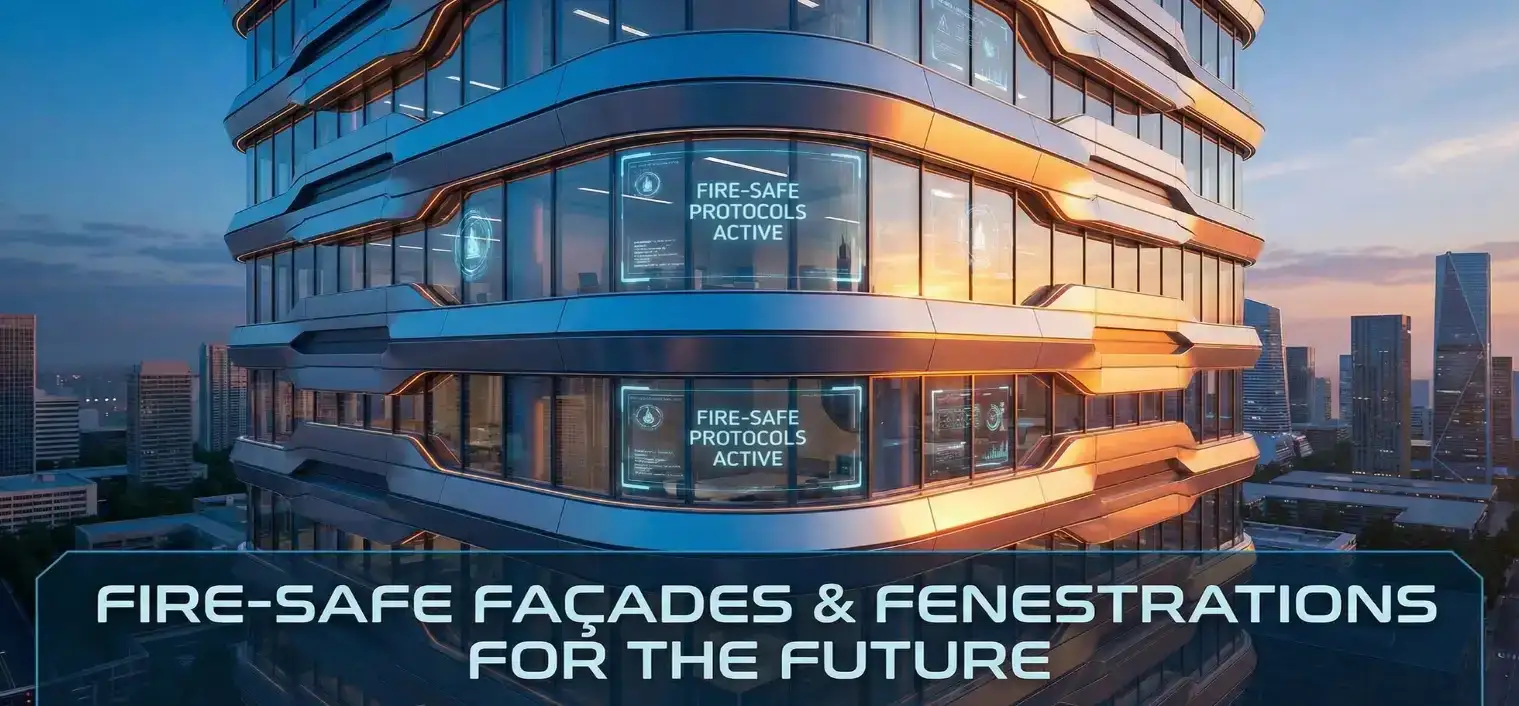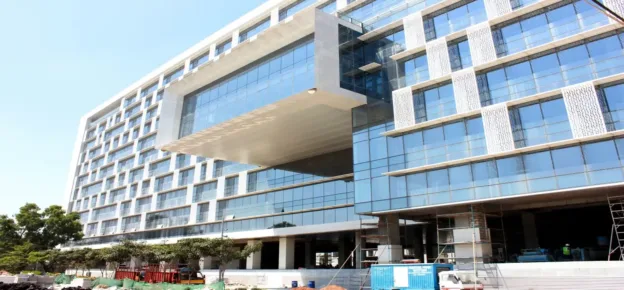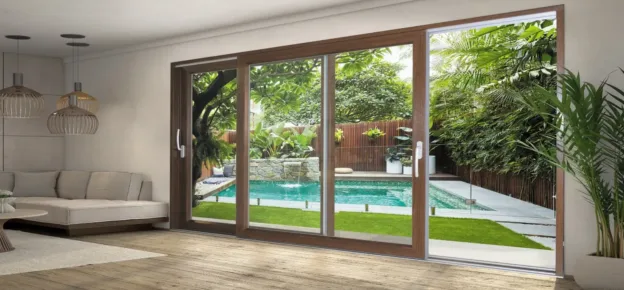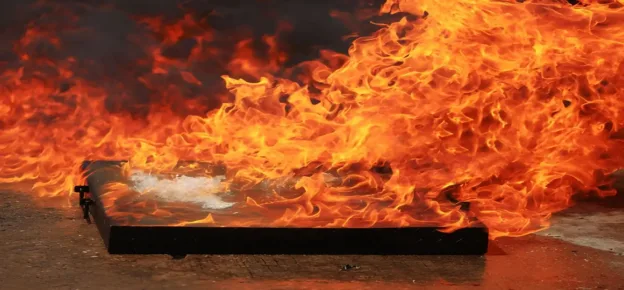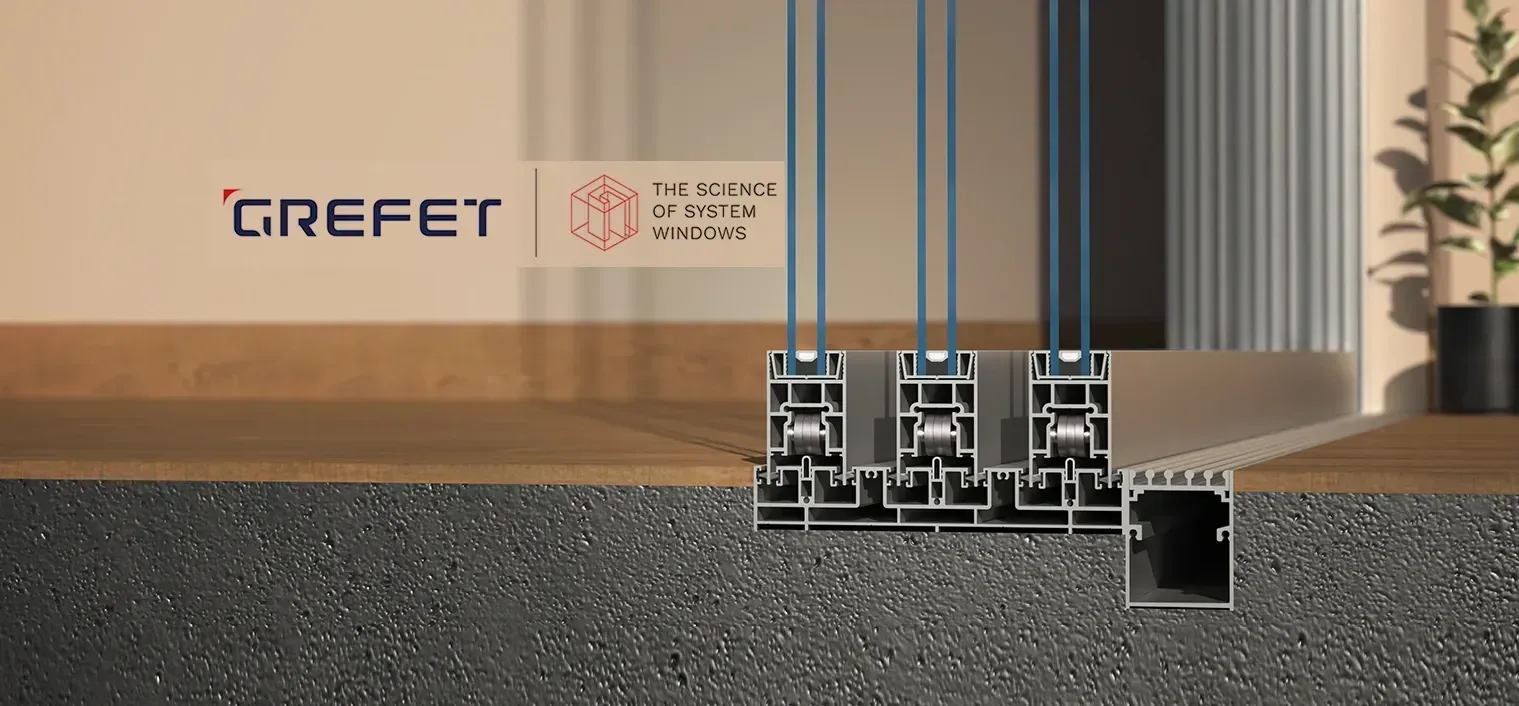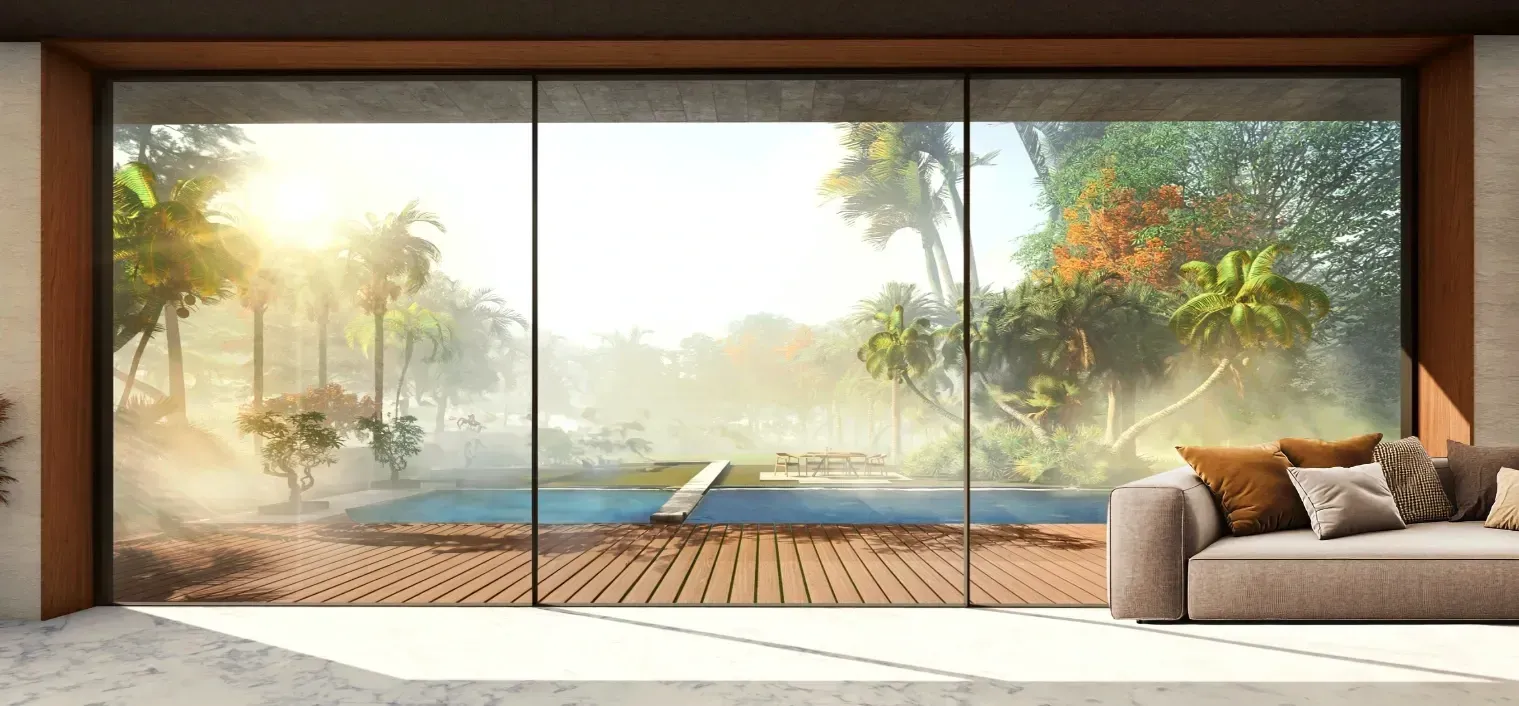Façade and Fenestration play an important role in the design of fire-safe buildings. Ventilation during a fire can reduce heat flow to the sprinklers and fire alarms and thus reduce their time of action. Ventilation also aids in fire spread as it provides fresh oxygen, increasing the fire intensity. It has been observed in different research studies that fenestrations also have a greater influence on the height of window-ejected façade flames and hence flame spread.
For façades, two important parameters that define the performance of fire-safe materials are their combustibility and smoke production. The air cavity between the cladding and insulation, provided for maintaining proper ventilation in the façade, acts as a chimney and supports rapid vertical fire spread to top floors.
Therefore, future façades and fenestration need to be designed considering these important aspects of fire safety. The Need of the hour is to follow a blended approach using both performance and prescriptive-based design for a particular building based on its own specific requirements.
(NOTE: The views and opinions expressed are those of the author and are not linked to any agency, organisation, employer, or company).
